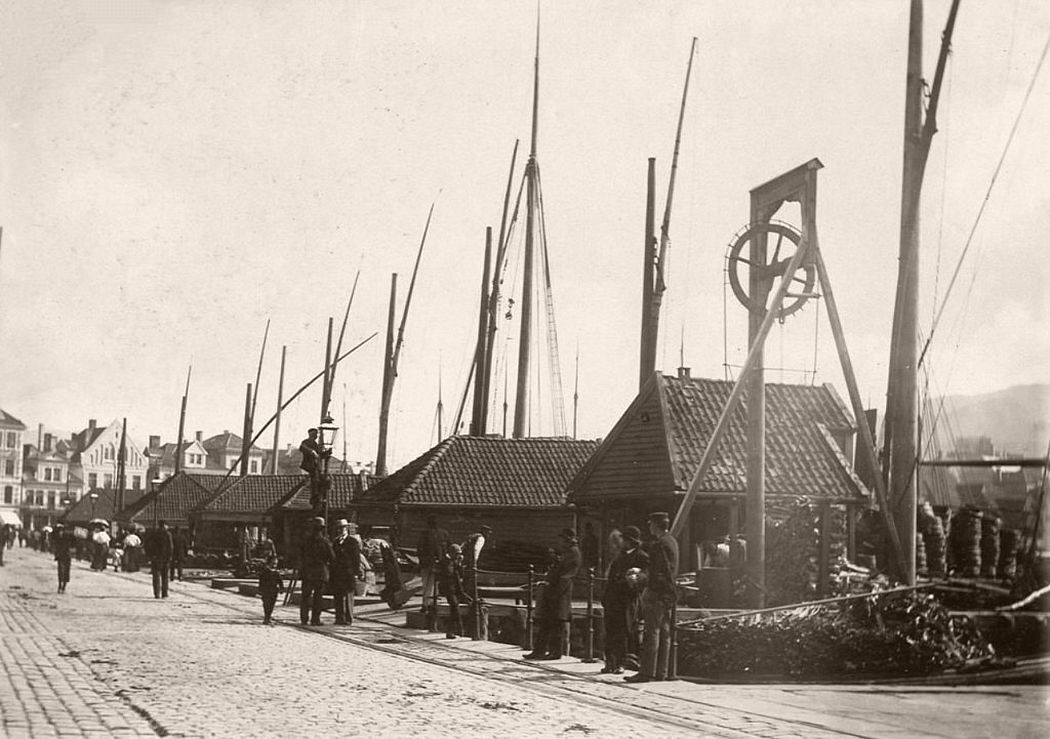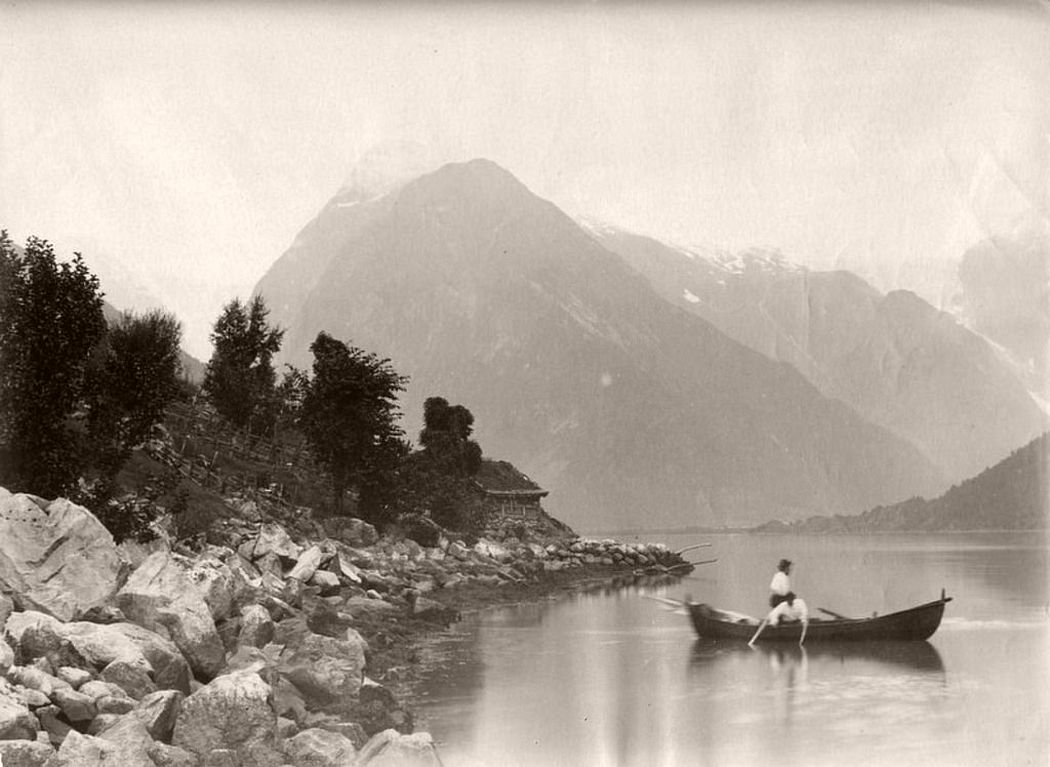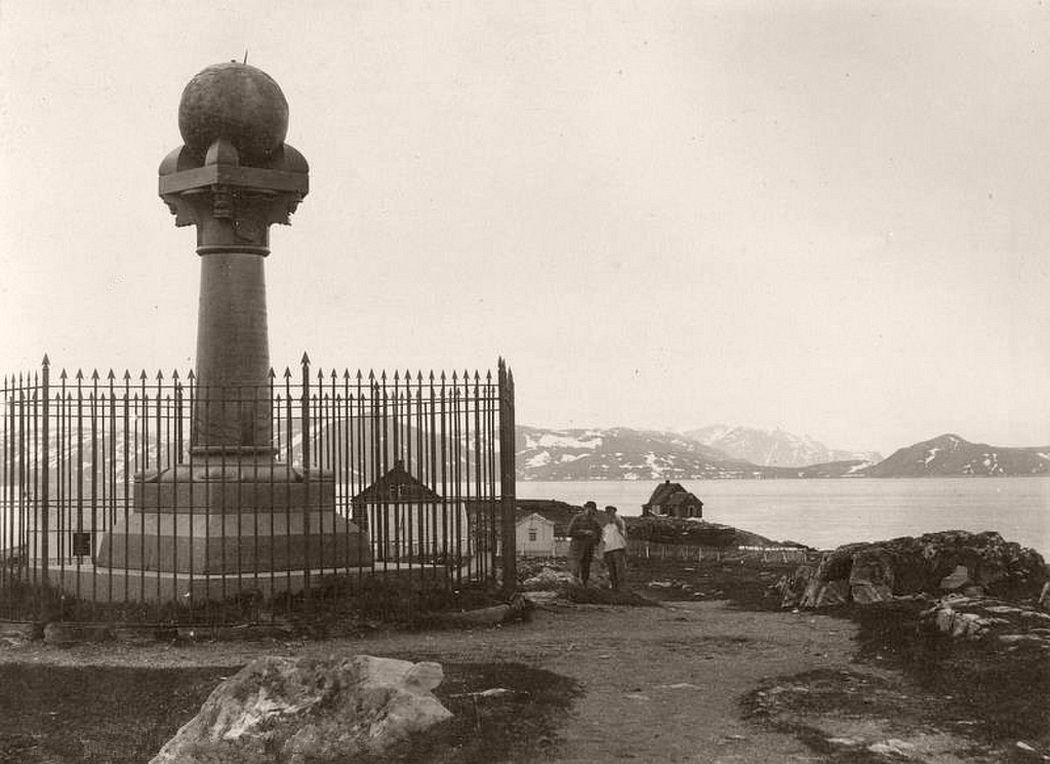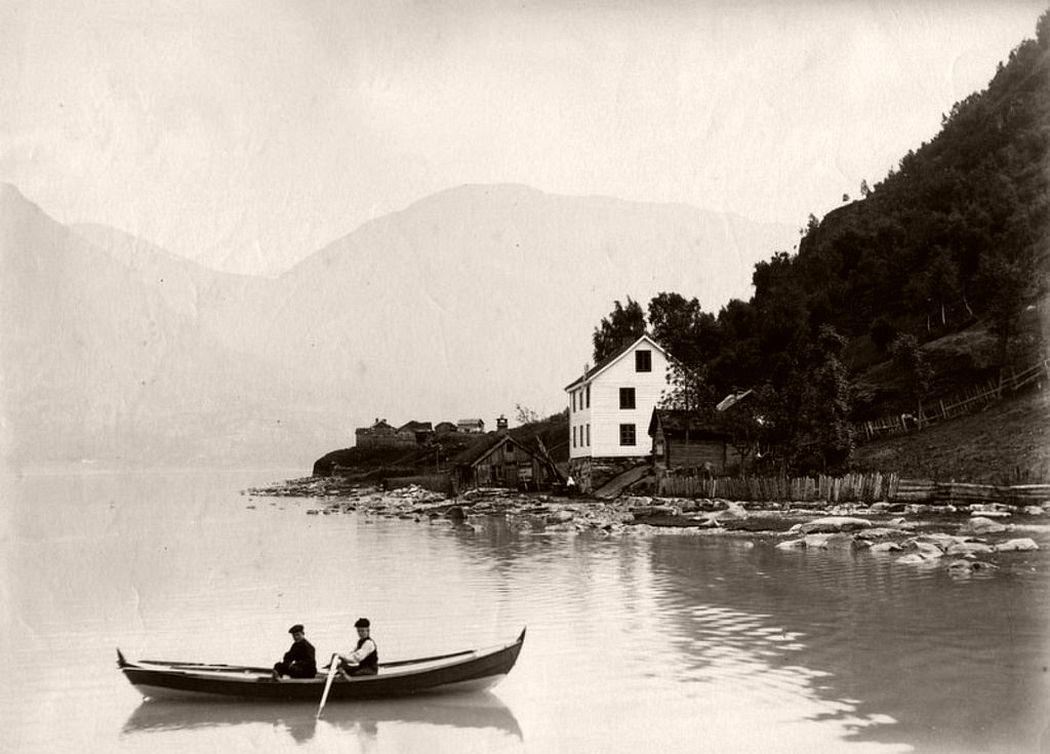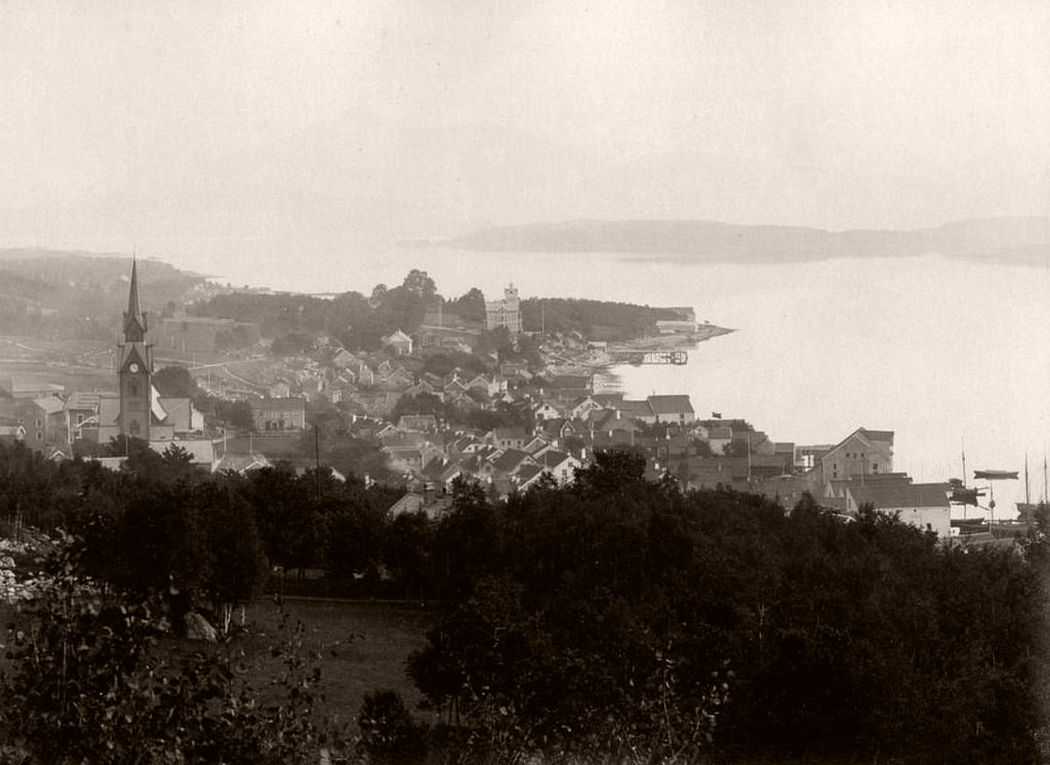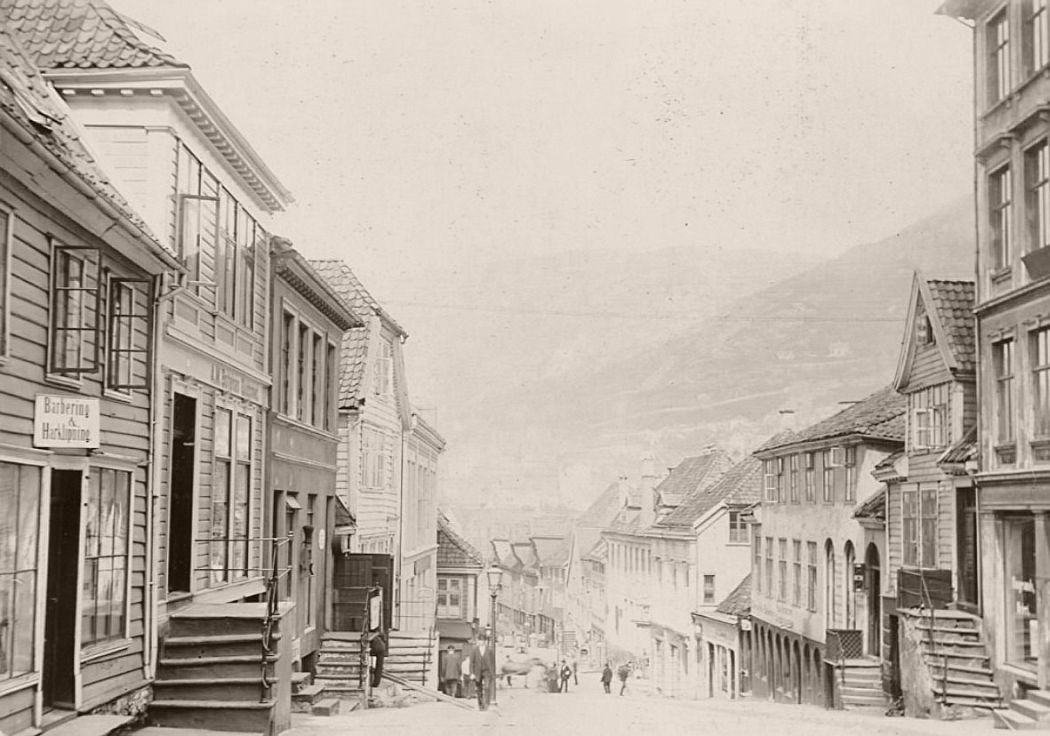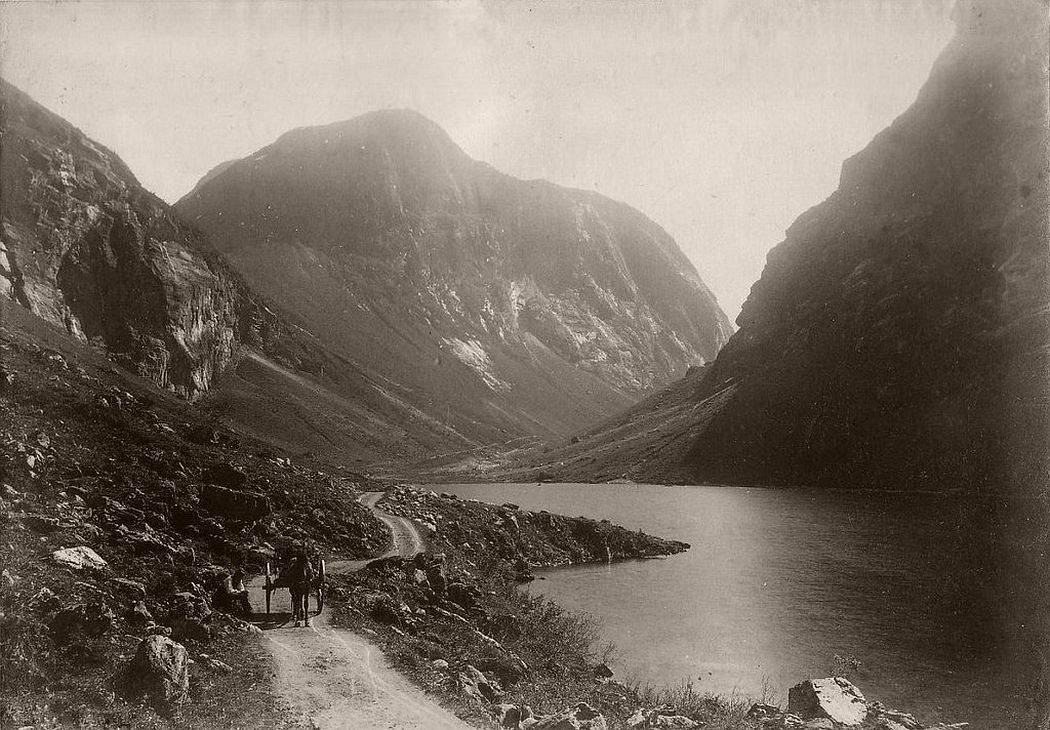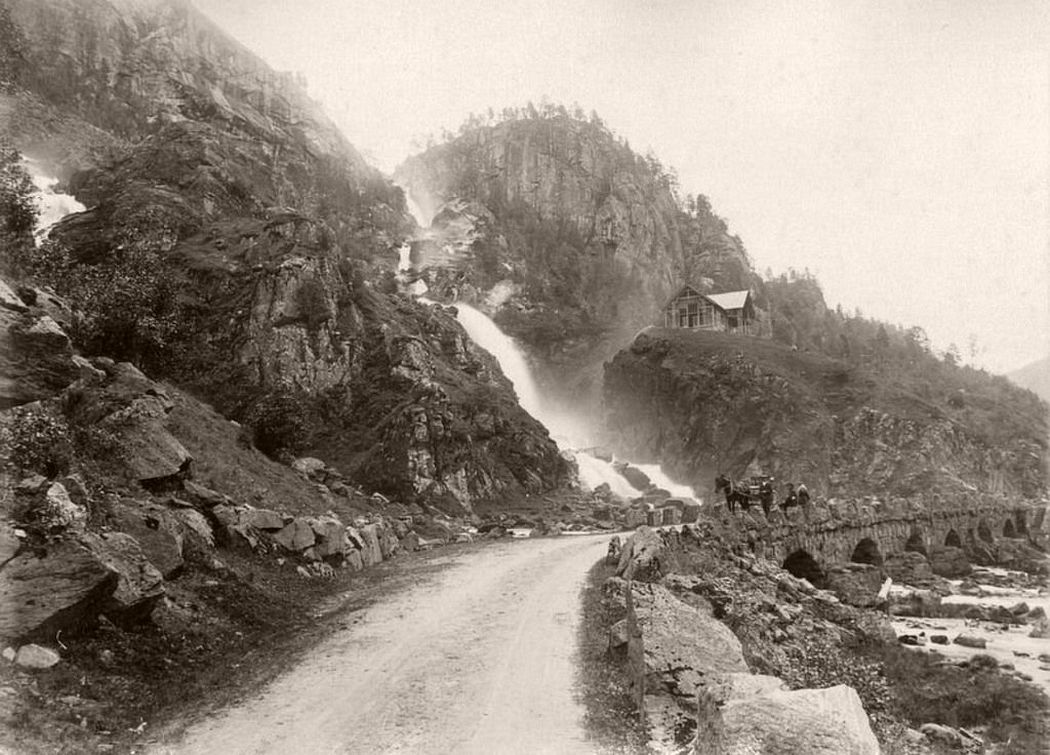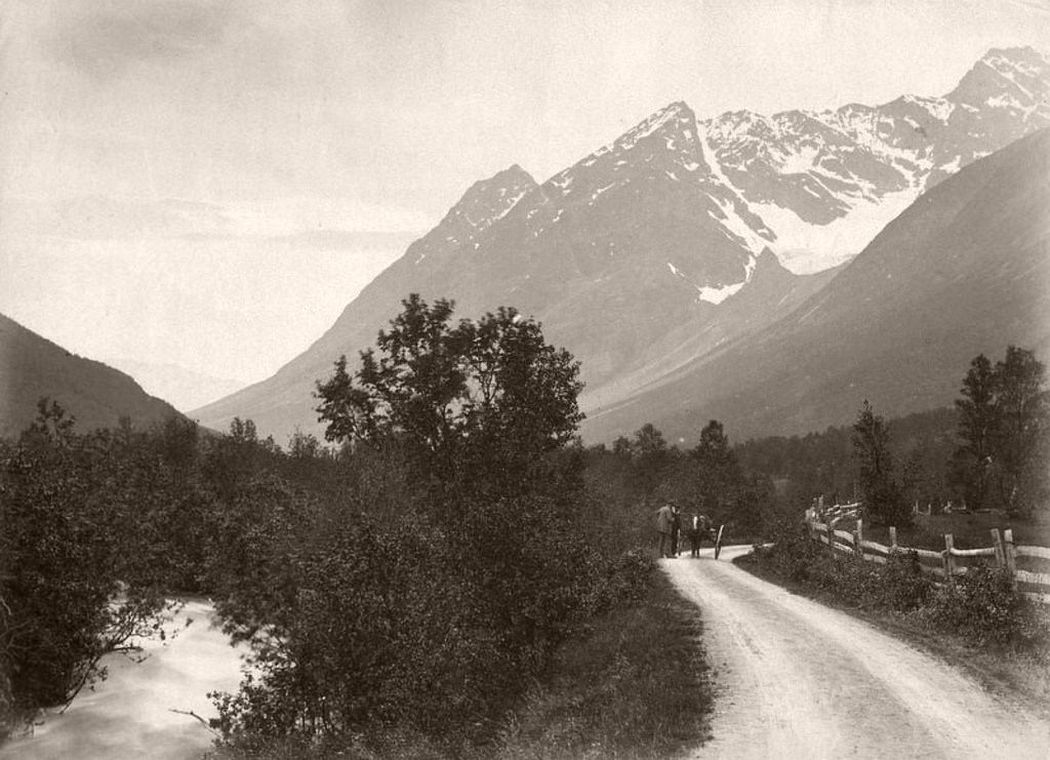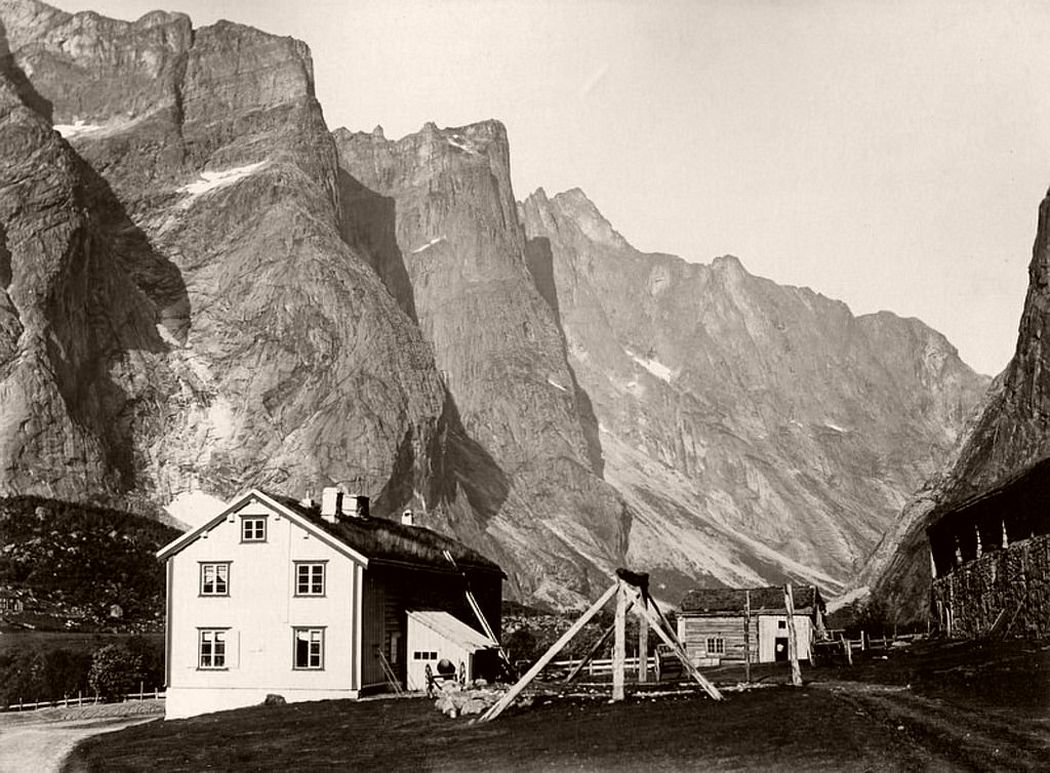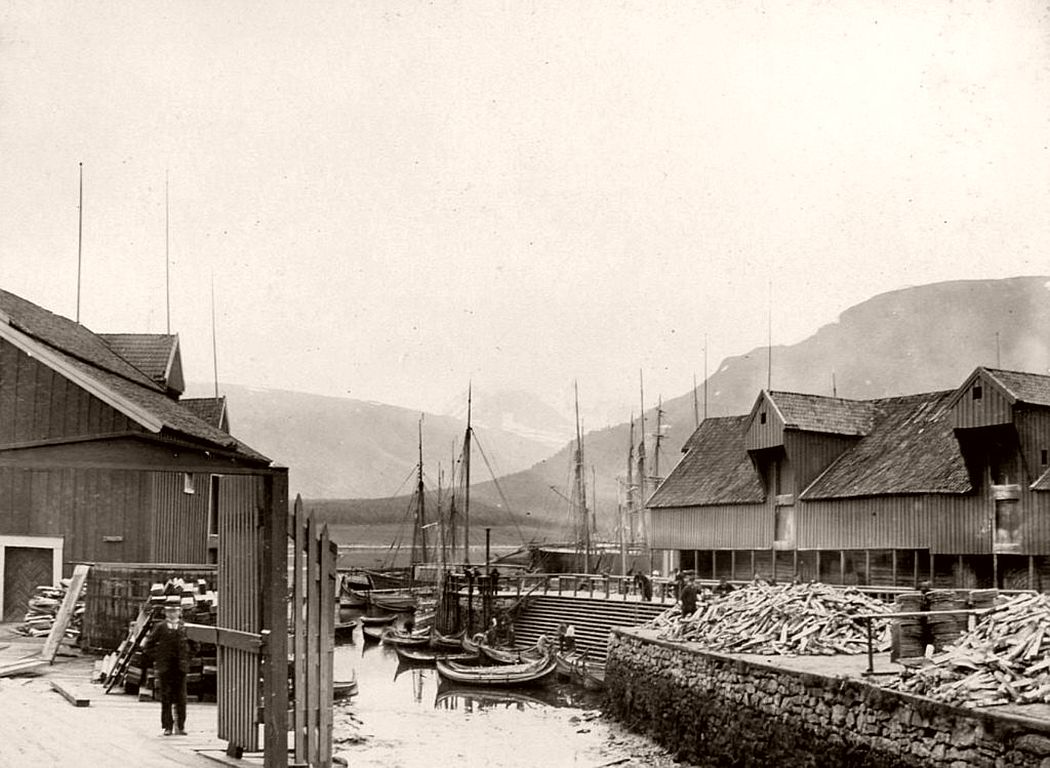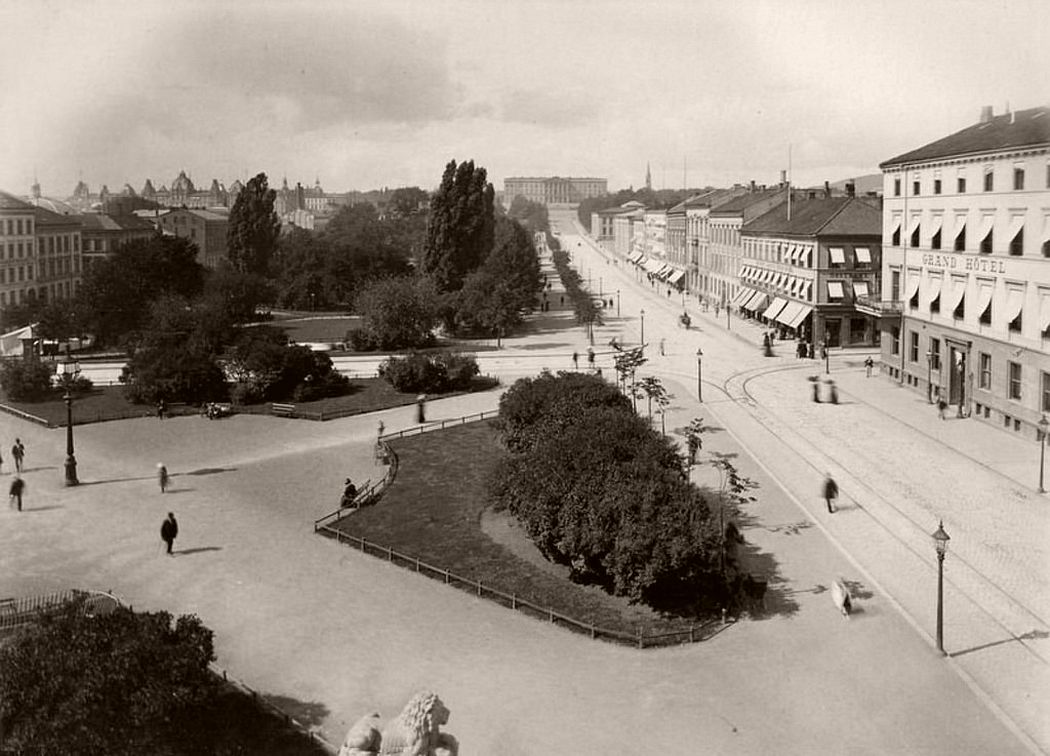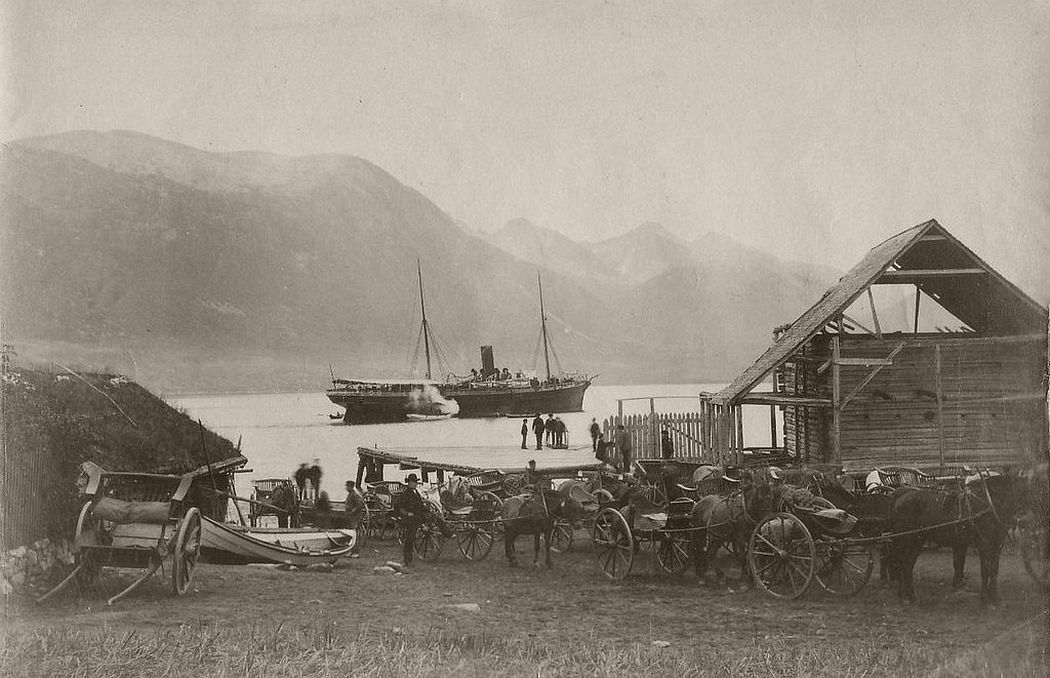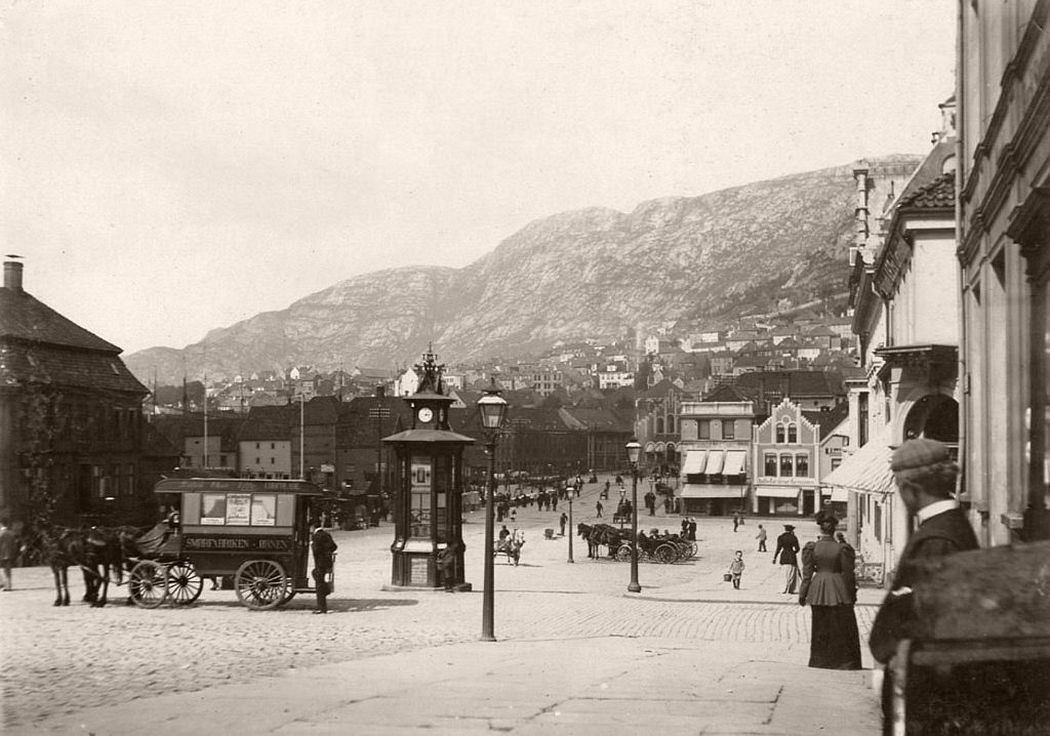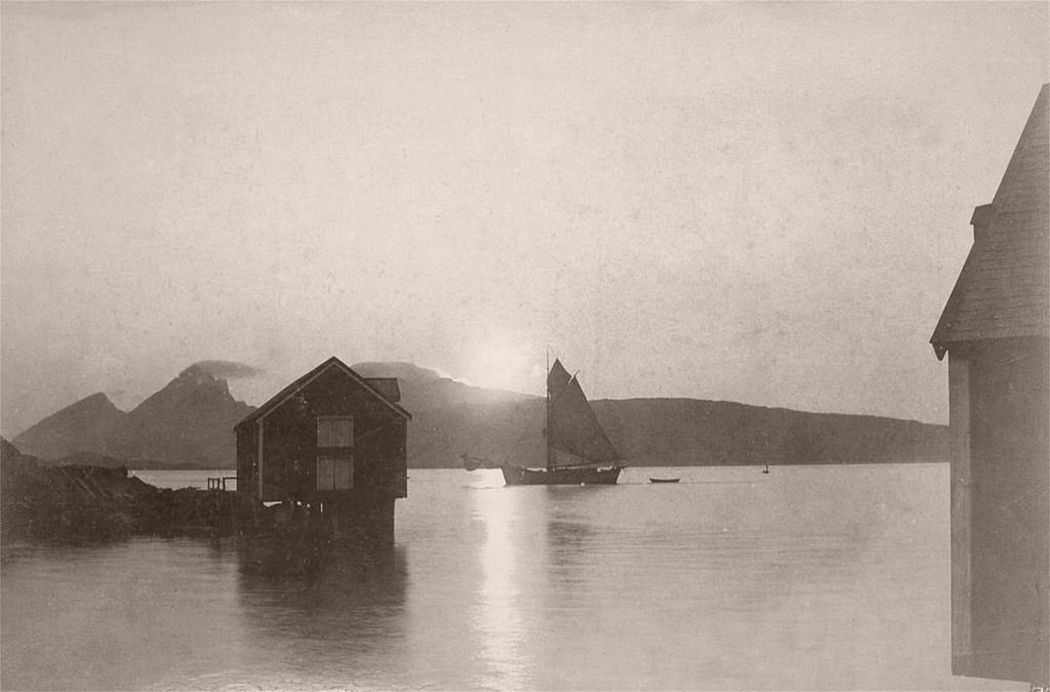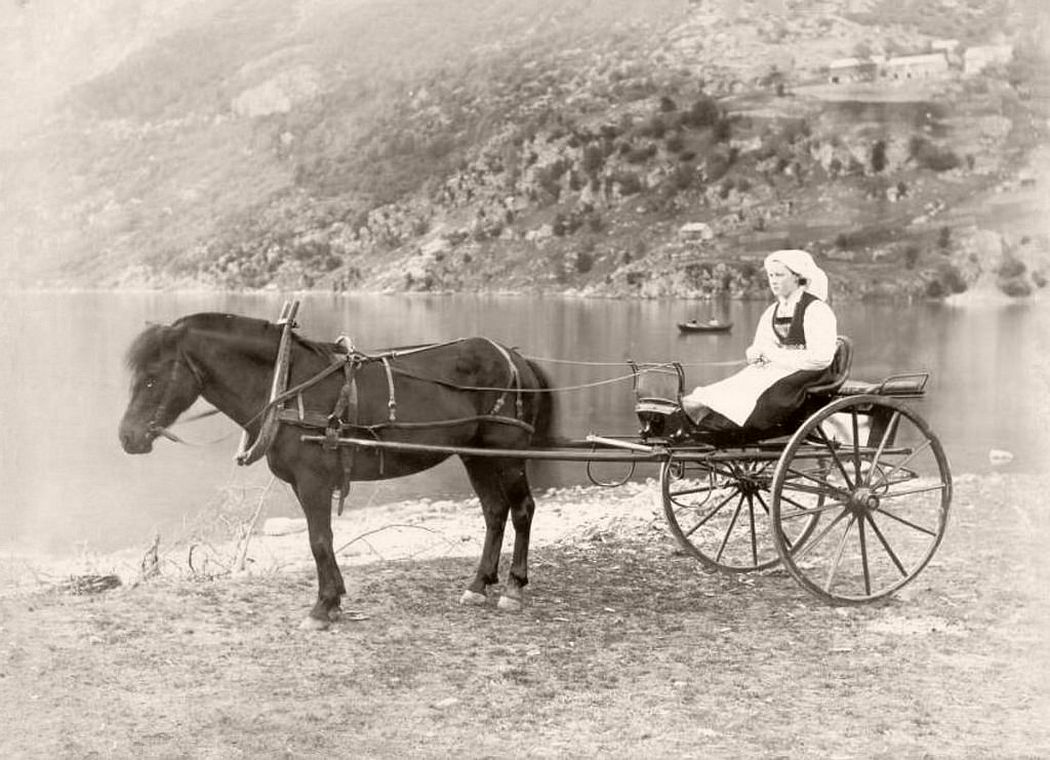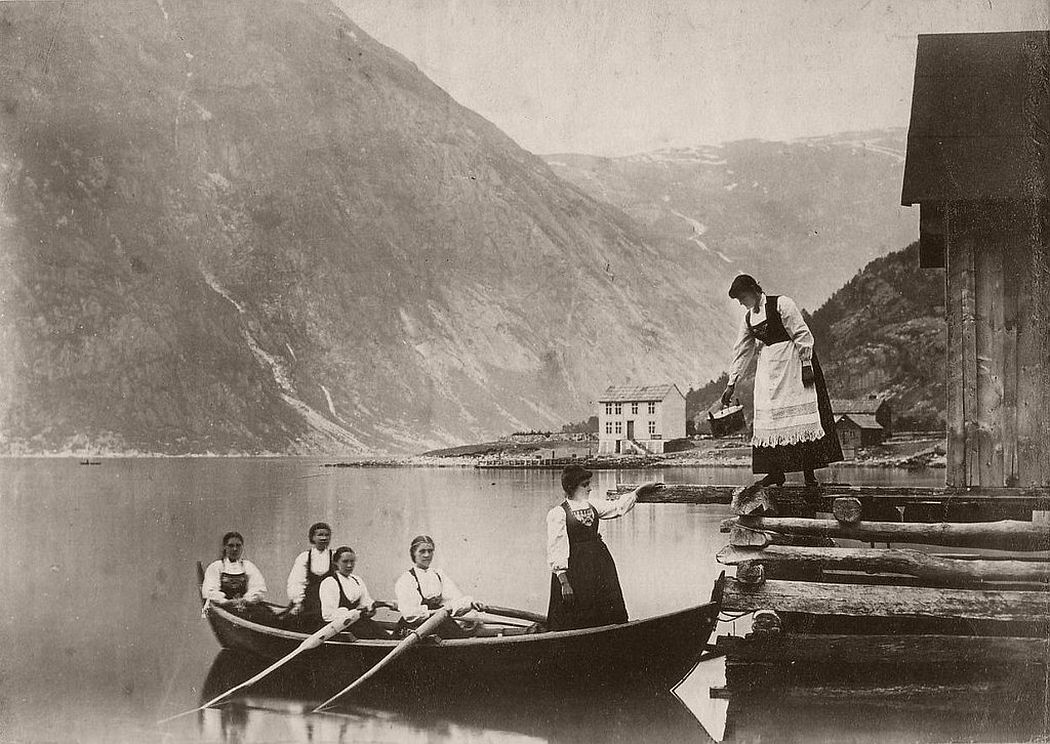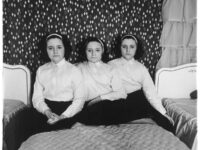Life in Norway (especially economic life) was “dominated by the aristocracy of professional men who filled most of the important posts in the central government”. There was no strong bourgeosie class in Norway to demand a breakdown of this aristocratic control of the economy. Thus, even while revolution swept over most of the countries of Europe in 1848, Norway was largely unaffected by revolts that year.
Marcus Thrane was a Utopian socialist. He made his appeal to the labouring classes urging a change of social structure “from below upwards.” In 1848, he organised a labour society in Drammen. In just a few months, this society had a membership of 500 and was publishing its own newspaper. Within two years, 300 societies had been organised all over Norway, with a total membership of 20,000 persons. The membership was drawn from the lower classes of both urban and rural areas; for the first time these two groups felt they had a common cause. In the end, the revolt was easily crushed; Thrane was captured and in 1855, after four years in jail, was sentenced to three additional years for crimes against the safety of the state. Upon his release, Marcus Thrane attempted unsuccessfully to revitalise his movement, but after the death of his wife, he migrated to the United States.
via BSMK1SV



